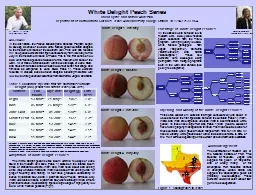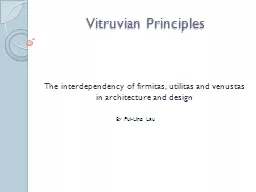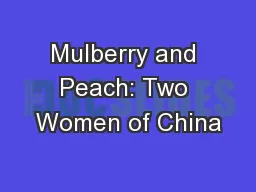PPT-White Delight Peach Series
Author : haroublo | Published Date : 2020-07-03
David Byrne and Natalie Anderson Department of Horticultural Sciences Texas AampM University College Station TX 778432133 USA Dr David H Byrne dbyrnetamuedu Natalie
Presentation Embed Code
Download Presentation
Download Presentation The PPT/PDF document "White Delight Peach Series" is the property of its rightful owner. Permission is granted to download and print the materials on this website for personal, non-commercial use only, and to display it on your personal computer provided you do not modify the materials and that you retain all copyright notices contained in the materials. By downloading content from our website, you accept the terms of this agreement.
White Delight Peach Series: Transcript
Download Rules Of Document
"White Delight Peach Series"The content belongs to its owner. You may download and print it for personal use, without modification, and keep all copyright notices. By downloading, you agree to these terms.
Related Documents














